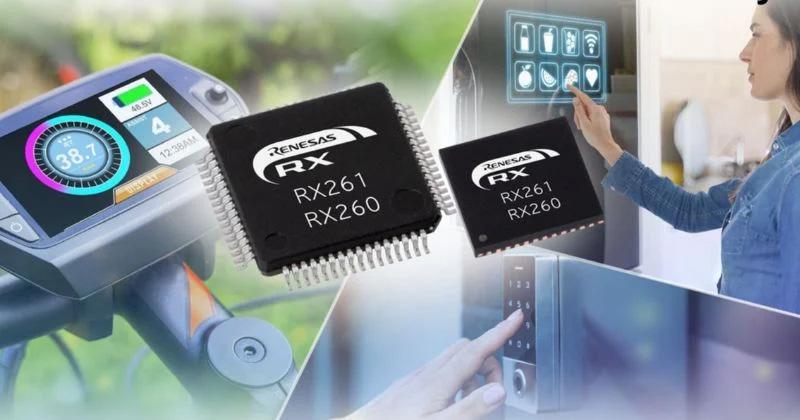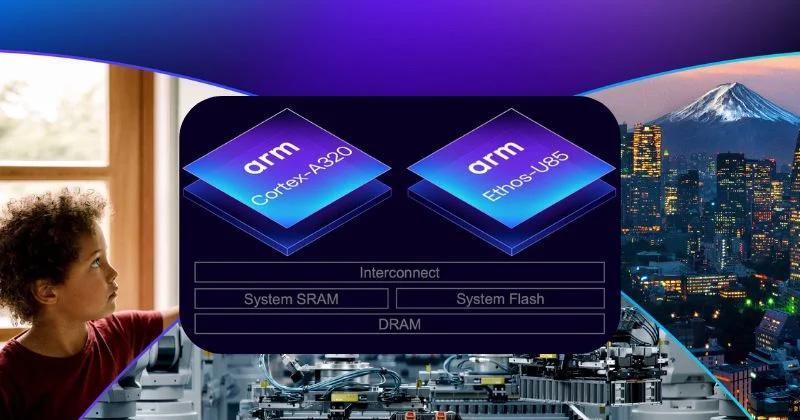
Nordic Shows Off Multi-Sensor Cellular Prototyping Platform
At CES 2025, Nordic Semiconductor introduced the Thingy:91 X, a multi-sensor prototyping platform for cellular Internet of Things (IoT) applications. In this piece, we’ll take a look at the hardware details of the new platform to see the ways Nordic is trying to streamline IoT prototyping.
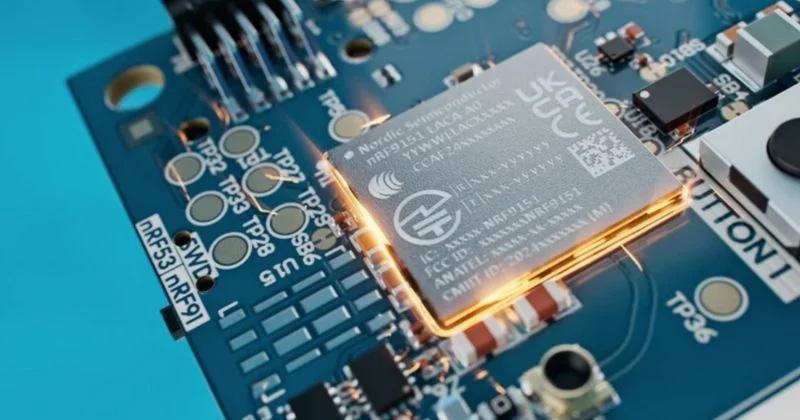
The Nordic Thingy:91 X platform.
Nordic Thingy:91 X Compute
The Nordic Thingy:91 X integrates the nRF9151 System-in-Package (SiP) and the nRF5340 System-on-Chip (SoC) to create a versatile solution for cellular IoT applications.
The nRF9151 SiP combines a 64-MHz Arm Cortex-M33 application processor, a multimode LTE-M/NB-IoT modem, and an integrated GNSS module in a compact 12.1 mm × 11.1 mm × 1.2 mm package. The Cortex-M33 processor has 1 MB of Flash memory and 256 KB of RAM. For security, it uses Arm TrustZone for isolated execution and Arm CryptoCell 310 for encryption and authentication.
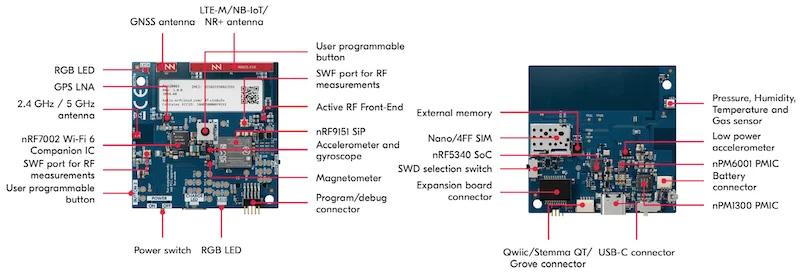
The internal layout of the Thingy:91 X.
The nRF5340 SoC, on the other hand, serves as the board controller. It features a dual-core architecture with a 128-MHz, high-performance Cortex-M33 application core and a 64-MHz, low-power network core. The SoC supports 1 MB of Flash memory and 512 KB of RAM and TrustZone and CryptoCell 312 security. The SoC offers the standard suite of peripheral interfaces, including SPI, UART, I2C, PWM, and ADC.
Nordic says the SiP and SoC together create a powerful, energy-efficient platform. The nRF9151 ensures robust cellular and GNSS capabilities, while the nRF5340 adds flexible connectivity and advanced computational resources, making the Thingy:91 X useful for IoT prototyping and deployment.
Power efficiency is also important, with the nPM1300 PMIC providing accurate fuel gauging and charging for the system’s 1350-mAh Li-Po battery. Environmental and motion data are captured using sensors for temperature, humidity, air quality, air pressure, acceleration, and a six-axis IMU.
Nordic Thingy:91 X Connectivity
For connectivity, the nRF9151 supports multimode cellular communication, including LTE-M, NB-IoT, and DECT NR+, with global certification across a frequency range of 700 MHz to 2,200 MHz. To this end, the SiP integrates an RF front-end, offering power class 3 (+23 dBm) and power class 5 (+20 dBm) transmission options. Advanced features like Extended Discontinuous Reception (eDRX) and Power-Saving Mode (PSM) reduce energy consumption during idle periods.
The Thingy:91 X also incorporates GNSS capabilities through the nRF9151, supporting GPS and QZSS for precise geolocation. A single-pin, 50-Ω antenna interface simplifies antenna design while ensuring consistent RF performance.
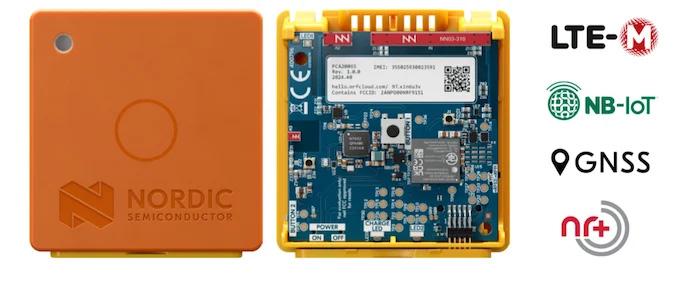
The connectivity options of the Thingy:91X.
The Thingy:91 X integrates with the nRF Cloud, Nordic Semiconductor’s IoT-optimized cloud platform. The device includes preloaded SIM cards, enabling cellular connectivity out of the box for immediate access to cloud-based location services, sensor data management, and remote control. This multi-protocol connectivity suite makes the Thingy:91 X a versatile choice for IoT applications requiring reliable communication, precise positioning, and cloud integration.
The system extends its connectivity with the nRF7002 Wi-Fi 6 companion IC, which enables Wi-Fi positioning using 2.4-GHz and 5-GHz bands. The nRF5340 provides Bluetooth Low Energy (LE) functionality and manages USB connectivity for programming and data exchange with external systems.
A Tool to Democratize the IoT
As IoT solutions scale in complexity and global deployment becomes the norm, designers will need advanced prototyping platforms to meet time-to-market demands. Nordic hopes that platforms like the Thingy:91 X can be a viable solution for designers who need robust security features, low-power architecture, and integration with cloud services.




